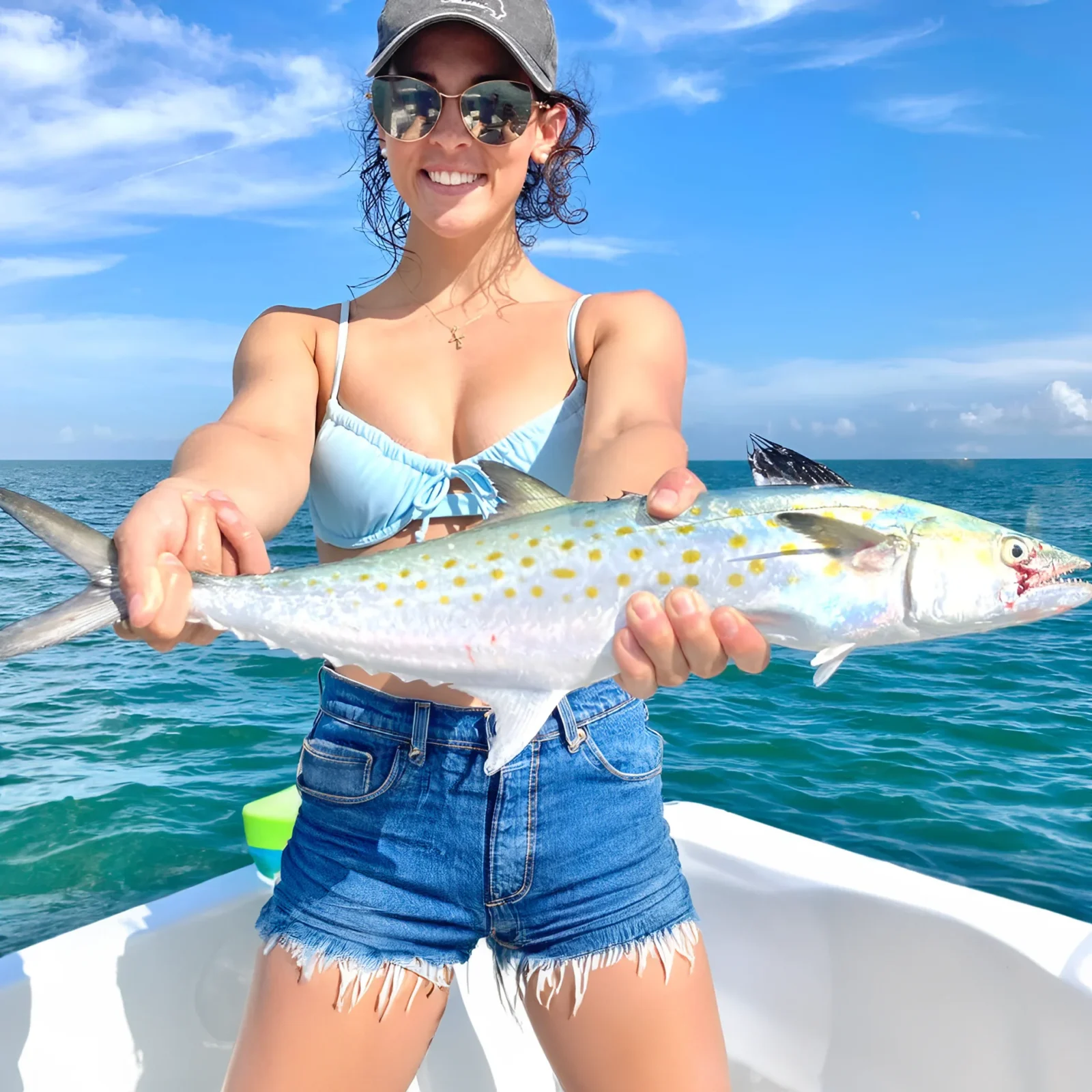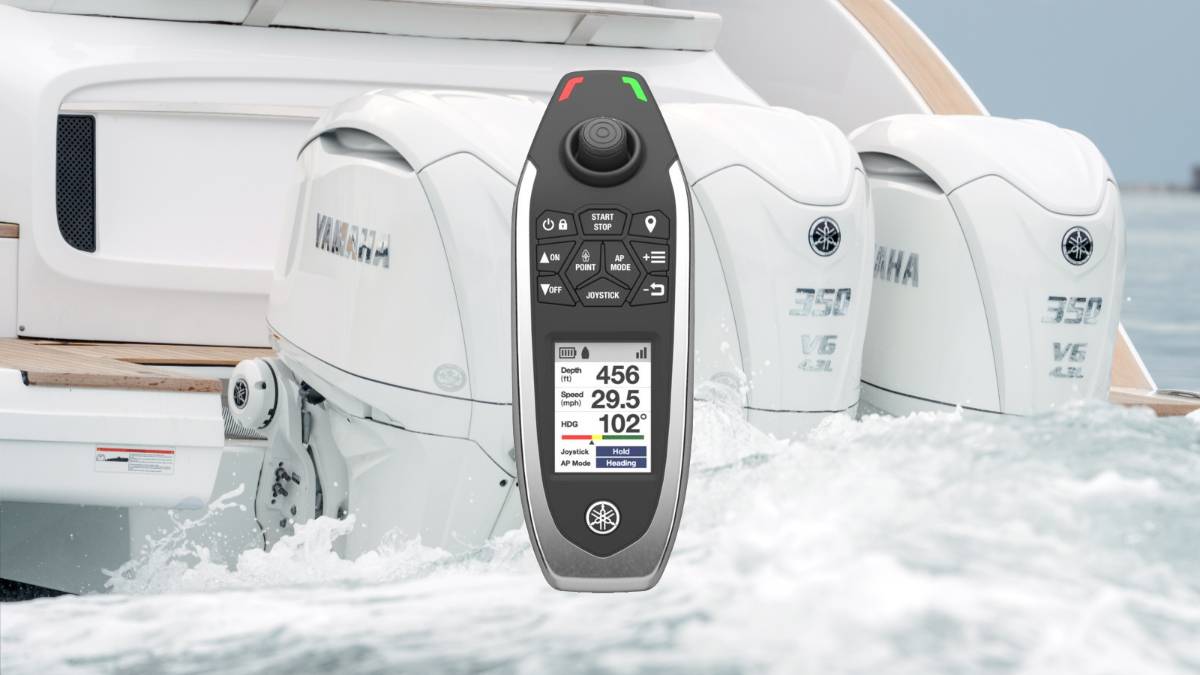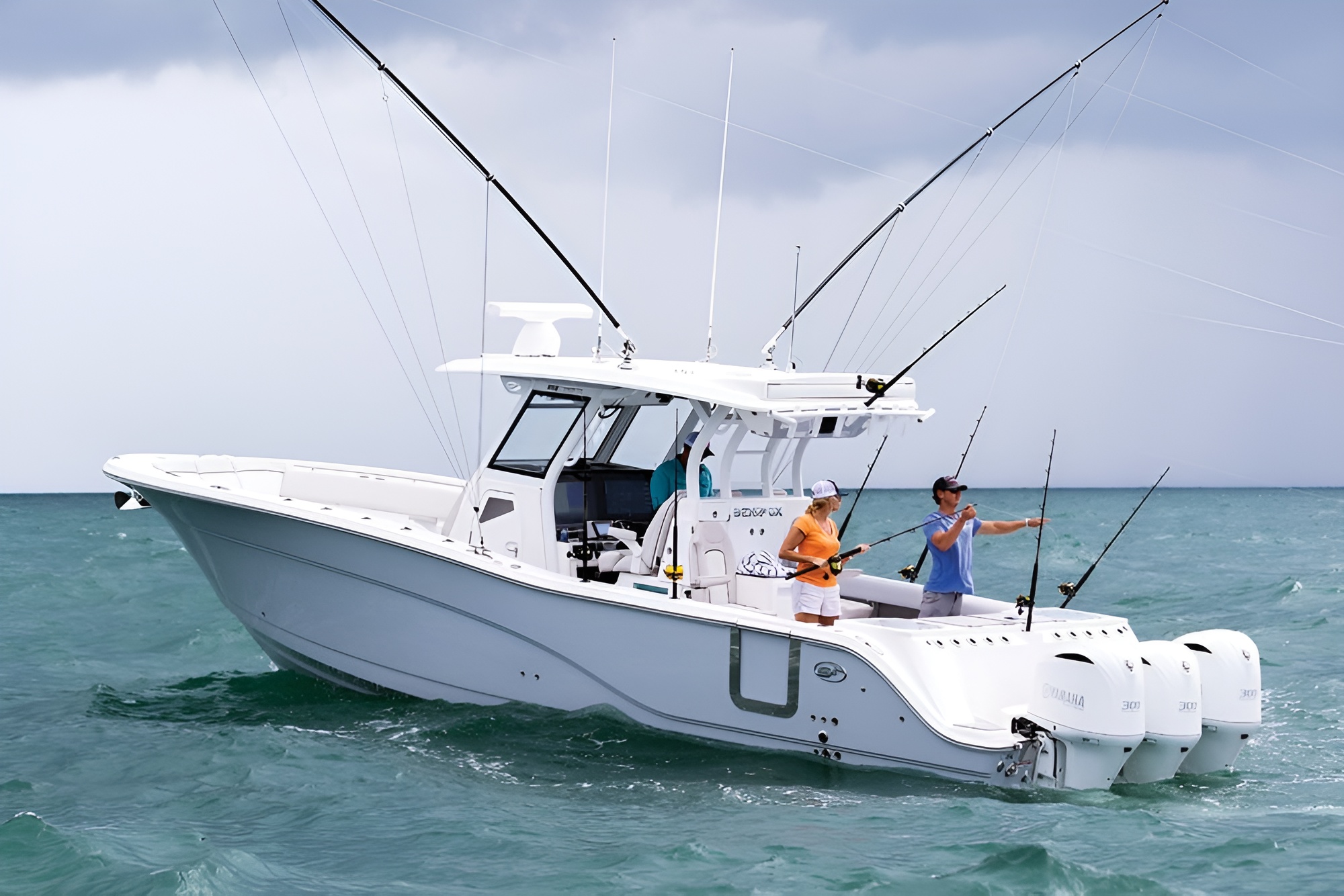Whether you’re a seasoned angler or a newbie looking to make a big catch, this guide has got you covered. From understanding the fish itself to mastering the techniques and knowing the hotspots, we’ve got all the info you need. Let’s dive in and get you hooked on Spanish mackerel fishing in Florida!
Understanding Spanish Mackerel
Spanish mackerel, known for their speed, agility, and taste, are a popular game fish in Florida’s waters. They have a sleek, streamlined body with a distinctive greenish back, silver sides, and rows of yellow spots. Typically, they range from 1 to 3 pounds, but don’t be surprised if you catch one that weighs up to 7 pounds!
These fish are migratory, moving north in the spring and summer and returning south as the waters cool. You’ll find them in both inshore and offshore waters, often near reefs, piers, and jetties. Spanish mackerel are surface feeders, preying on smaller fish, shrimp, and squid, which makes them perfect targets for anglers.

Best Time to Fish for Spanish Mackerel in Florida
Timing is everything when it comes to fishing for Spanish mackerel. The best times to catch them are during their migration periods. Spring (March to May) and fall (September to November) are peak seasons. During these times, you’ll find large schools of Spanish mackerel close to shore.
Morning and late afternoon are the ideal times of day for mackerel fishing, as these fish are most active during the cooler parts of the day. Overcast days can also be productive since the fish are less wary and more likely to be feeding near the surface.
Essential Gear and Equipment
To catch Spanish mackerel, you’ll need the right gear. Here’s a list of essentials:
- Fishing Rod and Reel: A medium-action spinning rod and reel combo works great.
- Line: Use a 10-20 lb test line for the main line and a 20-30 lb fluorocarbon leader to prevent the mackerel’s sharp teeth from cutting through.
- Lures and Bait: Spoons, jigs, and small plugs are effective. Live bait such as small fish (e.g., sardines) or shrimp also works well.
- Additional Gear: Don’t forget a good pair of fishing pliers, a landing net, and a tackle box to keep everything organized.
Spanish mackerel Fishing Techniques
To maximize your chances of catching Spanish mackerel, try these techniques:
Casting Techniques
When casting, use shiny lures like spoons or small jigs that mimic the appearance of the mackerel’s prey. Cast beyond the school and retrieve quickly with a jerking motion to imitate a fleeing baitfish. This method triggers the predatory instinct of the mackerel.
Trolling Methods
Trolling is another effective technique. Use a boat to drag your lure or bait through the water at a slow to moderate speed. This technique covers more area and can help locate schools of Spanish mackerel. Be sure to vary your trolling speed and direction to find what works best.
Fly Fishing
For those who enjoy fly fishing, Spanish mackerel can be a thrilling target. Use a fast-action fly rod with a sinking line and small baitfish patterns. Cast into feeding frenzies or along bait schools for the best results.

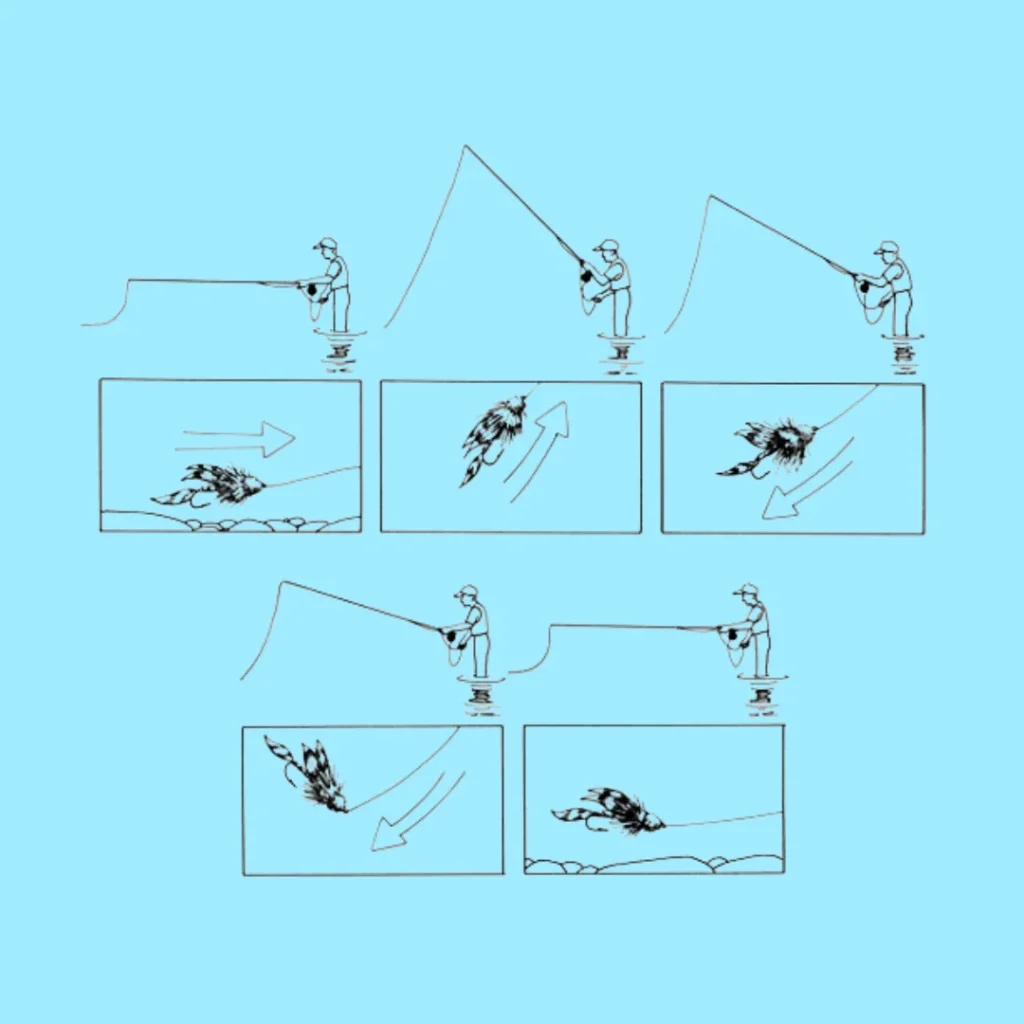

Best Spots for Spanish Mackerel Fishing in Florida
Florida offers numerous hotspots for Spanish mackerel fishing. Here are some top locations:
Gulf Coast Hotspots
- Tampa Bay: Known for its abundant mackerel during the spring and fall migrations.
- Pensacola Bay: Another prime location, especially near the Pensacola Pass and local piers.
- Charlotte Harbor: Offers excellent inshore opportunities.
Atlantic Coast Prime Locations
- Sebastian Inlet: A hotspot with consistent action, especially during peak migration.
- Stuart: Known as the “Sailfish Capital,” it’s also a great spot for mackerel.
- Jupiter Inlet: Offers both inshore and offshore fishing opportunities.
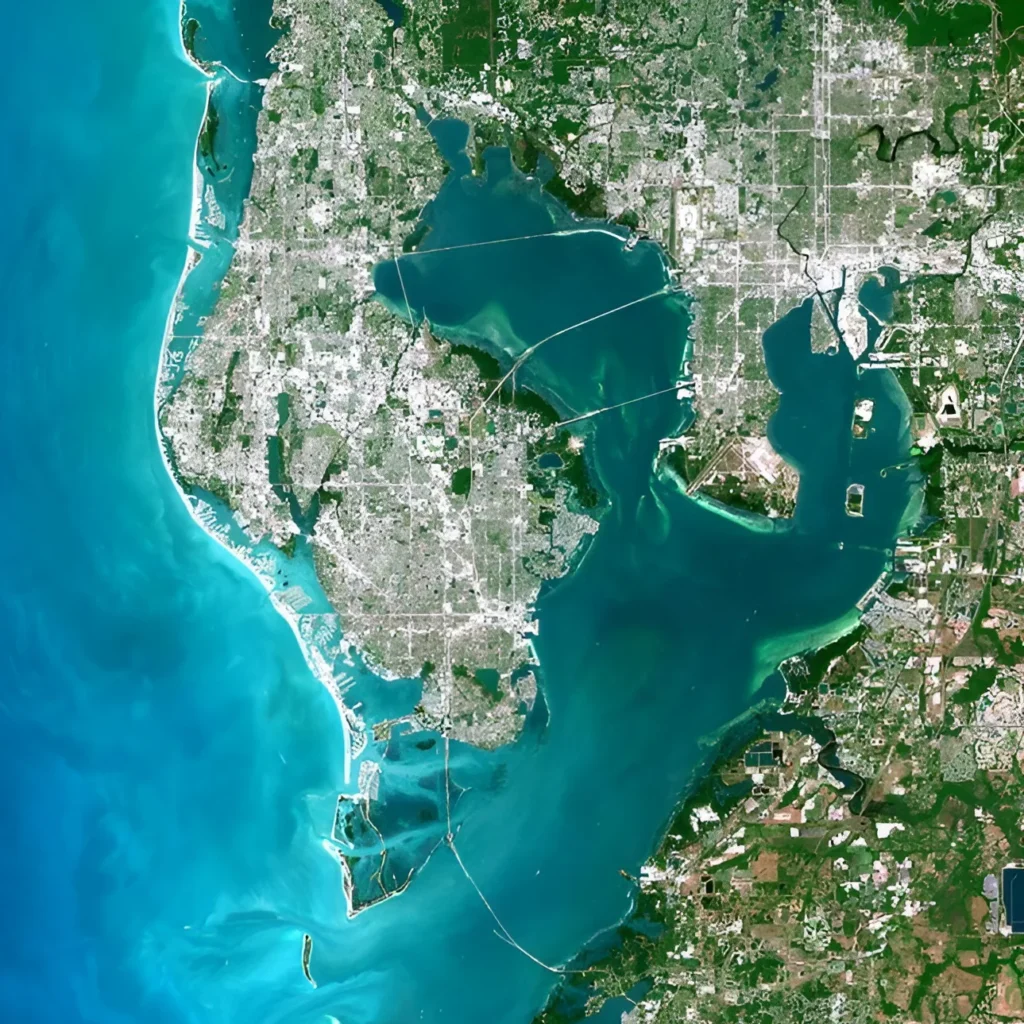
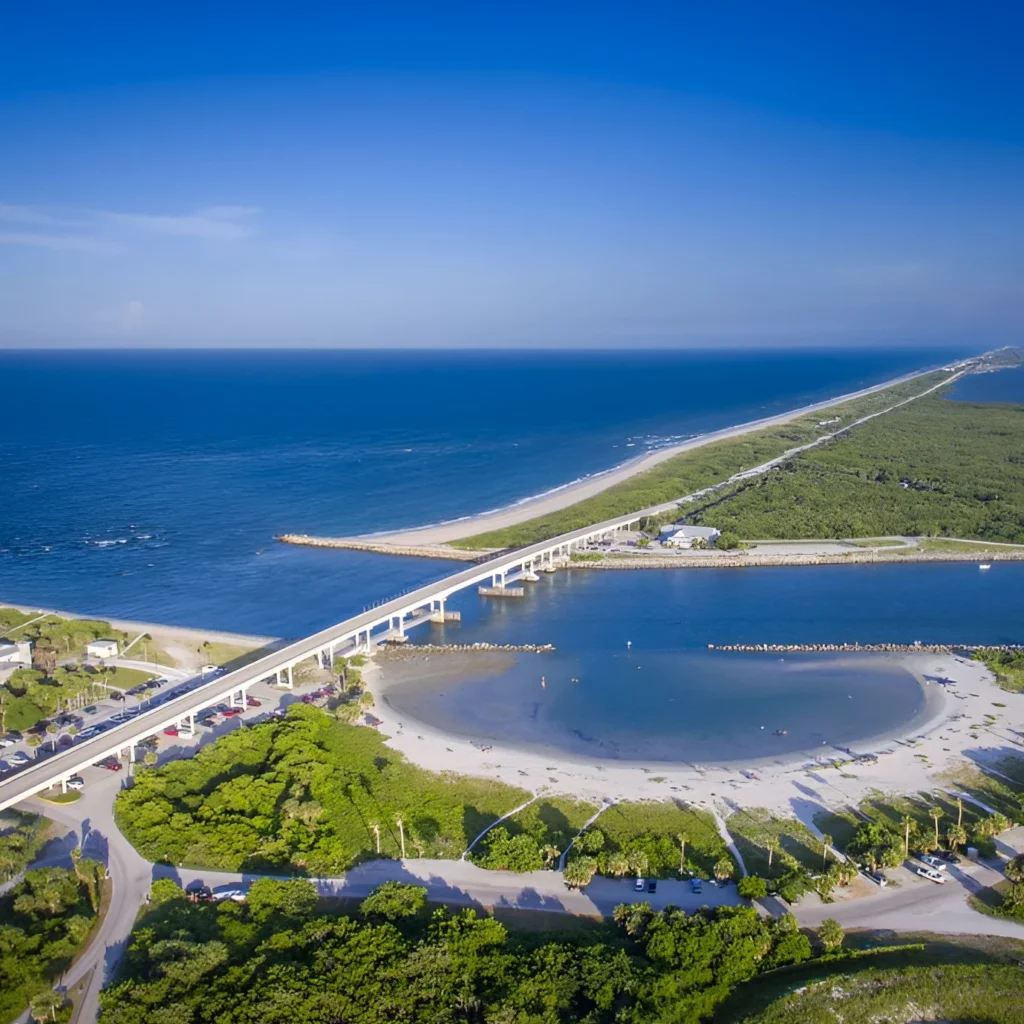
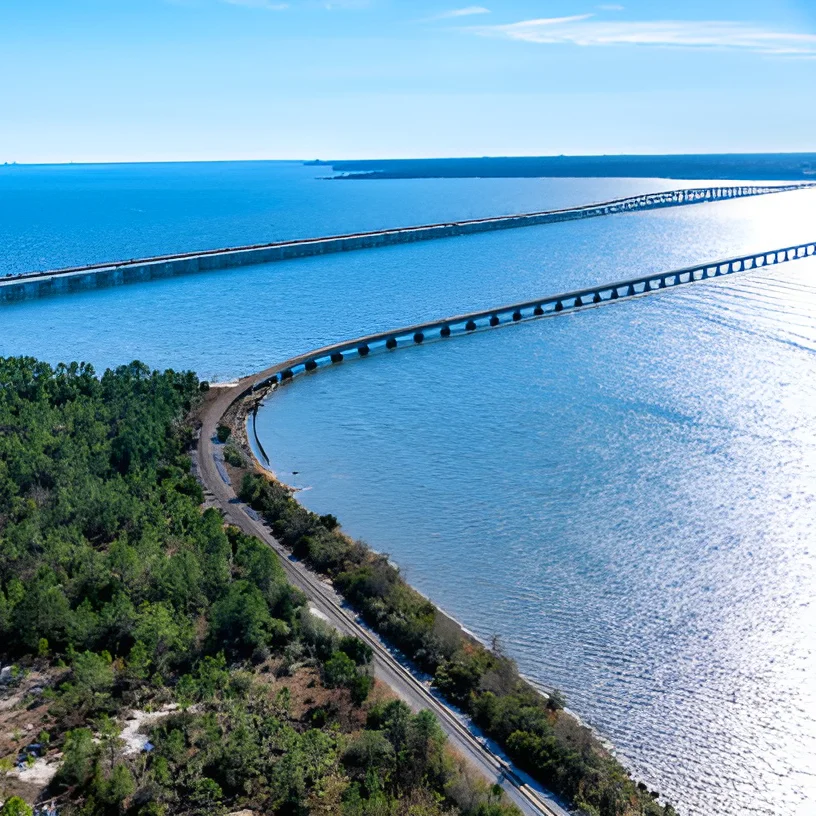
Inshore vs. Offshore Fishing
Both inshore and offshore fishing can be productive. Inshore fishing near piers, jetties, and reefs is often more accessible and can yield good results. Offshore fishing, particularly around artificial reefs and wrecks, can also be highly productive but may require a boat and more specialized equipment.
Regulations and Conservation
Before heading out, make sure you’re familiar with Florida’s fishing regulations for Spanish mackerel. The current regulations include:
- Size Limits: Minimum size limit is 12 inches fork length.
- Bag Limits: The daily bag limit is 15 fish per person.
- Licenses: Ensure you have a valid Florida saltwater fishing license.
Always practice responsible fishing. Use circle hooks to reduce injury, handle fish carefully, and release any unwanted catch quickly to ensure their survival.
Wrapping It Up
There you have it—everything you need to know about Spanish mackerel fishing in Florida. With the right gear, techniques, and knowledge of the best spots, you’re all set for a successful and enjoyable fishing trip. Start your fishing adventures off right in a Sea Fox from Black Label Marine!
Now, get out there, cast your line, and enjoy the thrill of reeling in these fast, tasty and feisty fish! Happy fishing!
FAQ’s
In addition to frying, you can also bake, broil, or grill them. They are also great smoked and can be used to make an awesome fish dip.
The bag limit is 15 per person
Spring and Fall are peak seasons

